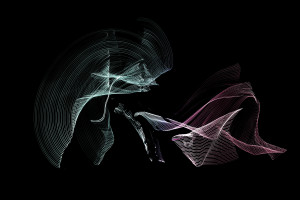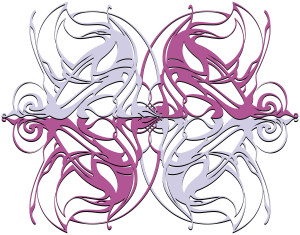 In his observation and analysis of thousands of business executives, Warren Lamb found that leaders come in many shapes and sizes. That is, there is no single “leader” profile — successful leaders can approach decisions in quite varied ways.
In his observation and analysis of thousands of business executives, Warren Lamb found that leaders come in many shapes and sizes. That is, there is no single “leader” profile — successful leaders can approach decisions in quite varied ways.
However, Lamb discovered that the characteristic pattern of motivation tapped by the MPA profile has much to do with how a leader defines his or her responsibility.
For example, a leader who emphasizes Attending will believe it is his/her responsibility to analyze the situation, consider alternatives, and make sure there is sufficient informed preparation prior to taking any action. A leader who emphasizes Intending will have a strong sense of mission, believing it is his/her job to instill discipline and stick with basic policies and plans. The leader with predominant Committing motivation will believe it is his job to exploit opportunities strategically, to set the pace and beat the competition.
It is a principle of Movement Pattern Analysis that what is right for one person is not necessarily right for another. Everyone has a distinctively individual way of moving and that way of moving in intrinsically linked with motivation and decision-making processes. Successful leaders are people who act true their own way of moving.
What do your movement patterns reveal about your style of leadership? Find out during the Introduction to Movement Pattern Analysis seminar.

 The diversity of applications of movement analysis showcased at the June conference in Montreal was awesome. And that is just the beginning….
The diversity of applications of movement analysis showcased at the June conference in Montreal was awesome. And that is just the beginning…. In my discussion of Movement Pattern Analysis (MPA) at the public lecture session in Montreal, I aimed to demonstrate how knowledge from the field of dance became relevant and valued in the business world.
In my discussion of Movement Pattern Analysis (MPA) at the public lecture session in Montreal, I aimed to demonstrate how knowledge from the field of dance became relevant and valued in the business world. The Montreal event included a full morning of various presentations on applications of
The Montreal event included a full morning of various presentations on applications of  The June gathering in Montreal of American, Canadian, and French movement analysts provided many opportunities for moving, observing, and talking together. This was a daunting enterprise, for not only were participants navigating between two systems of movement analysis but also two languages – English and French.
The June gathering in Montreal of American, Canadian, and French movement analysts provided many opportunities for moving, observing, and talking together. This was a daunting enterprise, for not only were participants navigating between two systems of movement analysis but also two languages – English and French. As one of 12 Laban Movement Analysts who participated in a 2014 research project comparing our observations with those of 12 experts in the French system of Functional Analysis of the Dancing Body (AFCMD), I was keen to hear the preliminary results of the study.
As one of 12 Laban Movement Analysts who participated in a 2014 research project comparing our observations with those of 12 experts in the French system of Functional Analysis of the Dancing Body (AFCMD), I was keen to hear the preliminary results of the study. During the first week of June, I participated in unique collegial exchange with fourteen other movement analysts from the U.S., Canada, and France. Hosted by the Dance Department of the University of Quebec at Montreal, the seminar provided an opportunity for comparative and comprehensive study of two approaches to qualitative movement analysis:
During the first week of June, I participated in unique collegial exchange with fourteen other movement analysts from the U.S., Canada, and France. Hosted by the Dance Department of the University of Quebec at Montreal, the seminar provided an opportunity for comparative and comprehensive study of two approaches to qualitative movement analysis: 

